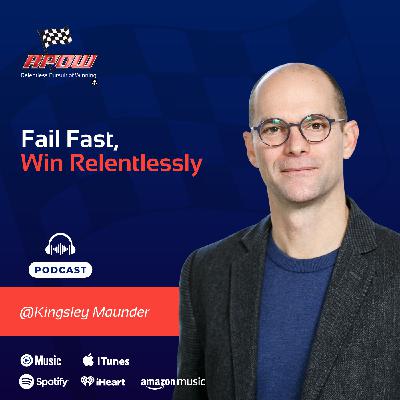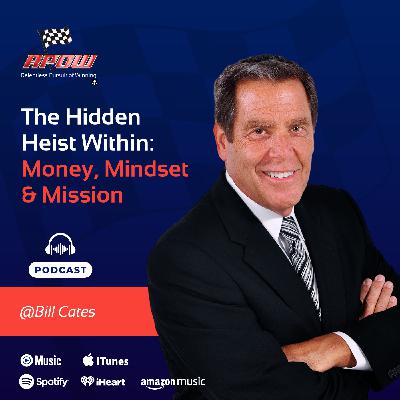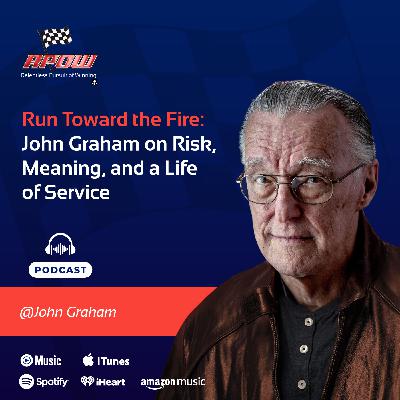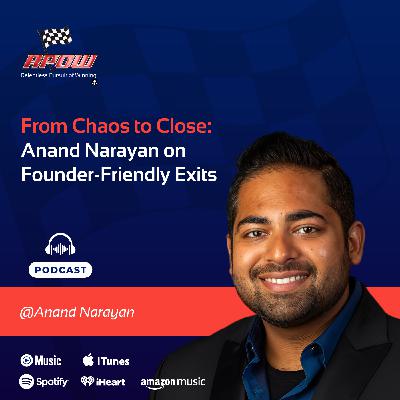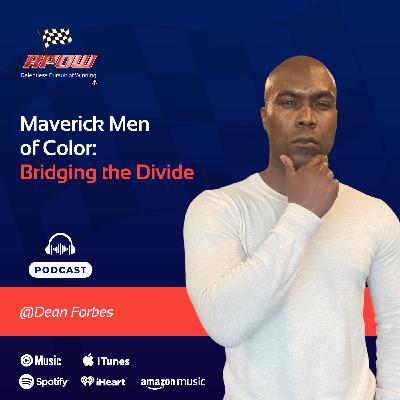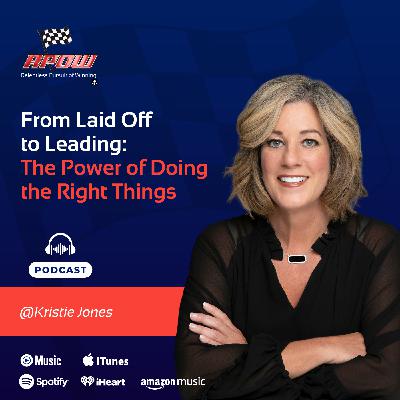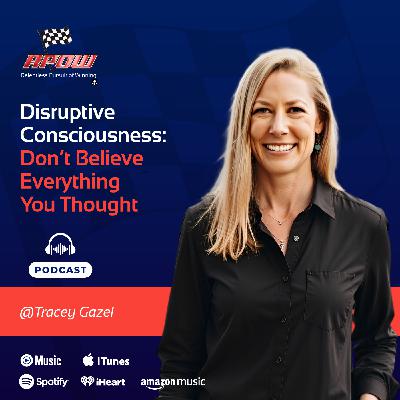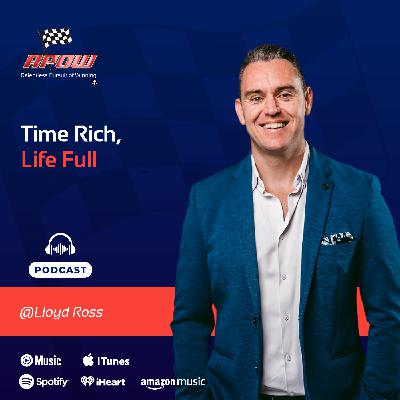Fail Fast, Win Relentlessly: Kingsley Maunder on Assumptions, MVPs, and Real Innovation
Description
🔥 Excerpt
"You have to assume the vision—but don't take those assumptions as facts. Test them. That's where you learn to fail fast."
⚡ TL;DR
Author and product builder Kingsley Maunder joins me to dismantle the romance of "big ideas" and replace it with a system founders can actually use: start with the problem, define success and failure lines, ship the smallest thing that solves the biggest pain, and iterate on evidence—not ego. We unpack bleeding-edge vs. table-stakes features, why messaging misses are data (not drama), and how to prioritize a roadmap with impact, confidence, and effort.
📄 Show Notes
Innovation isn't a brainstorm—it's a process. In this conversation, Kingsley and I get precise about how founders de-risk new products and keep incumbents from eating their lunch.
We start where too many teams skip: the market's actual problem. Kingsley's framework forces you to name the audience, the job-to-be-done, how they solve it today (yes, "Excel" and "WhatsApp" count as competitors), and exactly why your approach is different enough to make someone change behavior. From there, we move into disciplined execution: define your green line (success criteria) and your red line (stop criteria) before you build. Then build the smallest version that solves the largest pain, put it in real hands, and let usage, signups, and conversations with early adopters shape the next sprint.
We also tackle timing and temperament. Being first to market can mean you're also first to fund the education budget for everyone else. Sometimes the second mouse gets the cheese. The antidote: ship fast, learn faster, and don't get emotionally welded to v1. When competitors add something that becomes an industry expectation, match it. Otherwise, keep your eyes on your users and push your unique advantage.
Kingsley walks through practical tools: lightweight analytics to watch behavior, customer advisory boards for qualitative truth, and the ICE method (Impact, Confidence, Effort) to stack your backlog. We talk product life cycles, too—plan to replace yourself before the market does. AI has shortened cycles and lowered build costs; that's not a reason to chase shiny objects—it's a reason to test assumptions weekly.
If you're a founder juggling vision with reality, this episode gives you a working cadence: hypothesize, test, measure, decide. Relentlessly.
✅ Key Takeaways
- Start with the problem, not the product. Define the target user, their current workaround, and your differentiator.
- Draw two lines before you ship: the green line (success metrics) and the red line (failure threshold). Hold yourself to both.
- Build the MVP that solves the biggest pain—then learn from early adopters. Let analytics + feedback drive iteration.
- Use ICE to prioritize: highest Impact, high Confidence, lowest Effort wins the next sprint.
- Match competitors only when a feature becomes table stakes; otherwise, double down on what makes you different.
- Treat messaging as a testable asset. If you're above the red line but below the green, iterate copy and channels before rebuilding product.
- Plan the successor while the current product is peaking. Replace yourself before someone else does.
- Vision stays stubborn; details stay flexible. Persevere with evidence, not attachment.
👤 Bio
Kingsley Maunder is the author of The SALT Test: How to Take an Innovative Product from Idea to Scale. A veteran of multiple startups—including two exits and a third that raised $180M—he's built products used by brands like Disney, EA Sports, and Meta. His work blends hands-on product leadership with a rigorous, test-what-you-assume approach to de-risking innovation.
🧭 Chapters
03:06 The Drive Behind Problem Solving
04:52 Defining Innovation: Big Ideas vs. Iterative Solutions
07:03 Creating Competitive Advantage through Innovation
09:23 Understanding Your Target Market's Needs
11:24 The Challenge of Educating Consumers
12:53 Strategies for Launching New Products
16:11 Developing a Minimum Viable Product
18:10 Measuring ROI and Development Costs
19:36 Knowing When to Pivot or Change Direction
23:48 Iterating Messaging and Channels
24:56 Vision vs. Details: The Bezos Approach
25:43 The Importance of Evidence in Progress
26:52 Managing Emotional Ties to Ideas
28:47 Failing Fast: The Key to Success
29:56 Prioritizing Feedback for Development
31:10 Chasing Competitors vs. Innovating
33:38 Innovating for the Future: Anticipating Needs
37:26 Planning for Product Life Cycles
41:04 Bringing Innovative Ideas to Market

